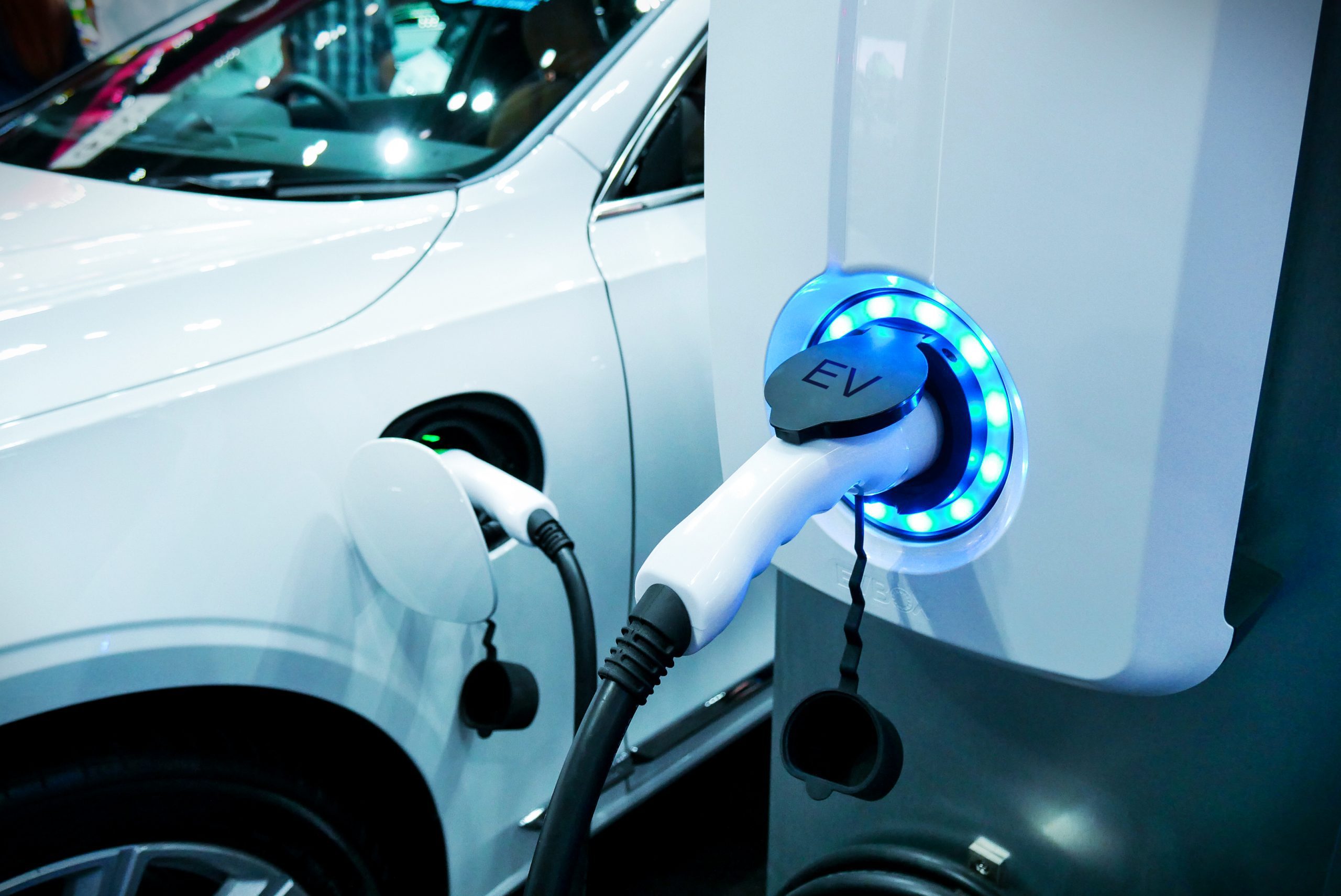As EVs settle firmly into a mainstay, dealerships must regard their role in the coming electric future. True, internal combustion engines (ICEs) are not going anywhere soon; many projections don’t have ICE sales peaking until the late 2030s. However, dealerships should consider that not only have EV sales shown tremendous growth year over year with no sign of stopping, but they have also received significant boosts due to supportive energy and infrastructure policies and unexpected global phenomena, such as fuel shortages. Dealerships planning to stay ahead will create and execute a clear, workable transition plan that reflects their locality, EV infrastructure, and consumer learning curves.
Surveying the landscape
 Perhaps the most critical step a dealership needs to take in preparing their EV strategy is to get a clear picture of their service area. Depending on location, a dealer may have months to years to prepare themselves; a dealer on the West Coast may see a surge in EV demand in the next year, while a Midwestern dealership may not need a significant EV stable for another decade. The latter dealer can take their time, putting away the necessary money to cover conversion costs and begin investing proactively in consumer education initiatives. The former will need to move much more quickly.
Perhaps the most critical step a dealership needs to take in preparing their EV strategy is to get a clear picture of their service area. Depending on location, a dealer may have months to years to prepare themselves; a dealer on the West Coast may see a surge in EV demand in the next year, while a Midwestern dealership may not need a significant EV stable for another decade. The latter dealer can take their time, putting away the necessary money to cover conversion costs and begin investing proactively in consumer education initiatives. The former will need to move much more quickly.
Additionally, dealers can also prepare by understanding trends among specific buyer demographics. Knowing which models of EVs are selling more than others can also help inform what kind of inventory a dealer might want to invest in. The same goes for their buyers: if a dealership primarily services a wealthier, more eco-conscious crowd, EV demand will rise more quickly than for someone who mostly sees more budget-conscious shoppers.
Preparing an EV framework
Next, dealers will need to look at the existing EV infrastructure. An EV investment generally comes with a hefty price tag: dealerships must install multiple charging stations to start. They’ll also need to be knowledgeable in the area infrastructure since EVs will be a tough sell in areas with few charging resources.
Fortunately for those in less charge-accessible areas, the Biden Administration has prioritized electrification in their infrastructure mandate. This includes a pledge to establish over 500,000 new charging stations and more “alternative fuel corridors.” Between federal and private grants, tax initiatives, and other forms of assistance, a dealer looking to transition their dealership to a more EV-friendly format can find significant help financially if they take advantage of the current political climate.
| Related: 4 best marketing practices to grow electric vehicle sales and interest |
Investing in future customers
While putting a solid EV framework in place, the proactive dealer will also invest in becoming an “EV expert.” This could take a variety of forms. In some cases, especially in high-demand areas, it will be worth ensuring the entire dealership staff is educated in EVs and can sell them knowledgeably. Where demand for electric cars is less, only one or two team members might need to be educated or certified. Dealers may also need to check with the companies they work for, as certain franchises or manufacturers may require particular overall EV competency as time goes on.
Being an EV expert will also mean a commitment to customer education. Not only will customers come in with questions expecting competent answers, but many will also come in without knowing what questions to ask. Dealers who educate their area through ads, social media campaigns, and practical discussions online and in-person will do better as sales targets shift from ICEs to EVs.
Did you enjoy this article? Please share your thoughts, comments, or questions regarding this topic by connecting with us at newsroom@cbtnews.com.
Be sure to follow us on Facebook, LinkedIn, and TikTok to stay up to date.
While you’re here, don’t forget to subscribe to our email newsletter for all the latest auto industry news from CBT News.



